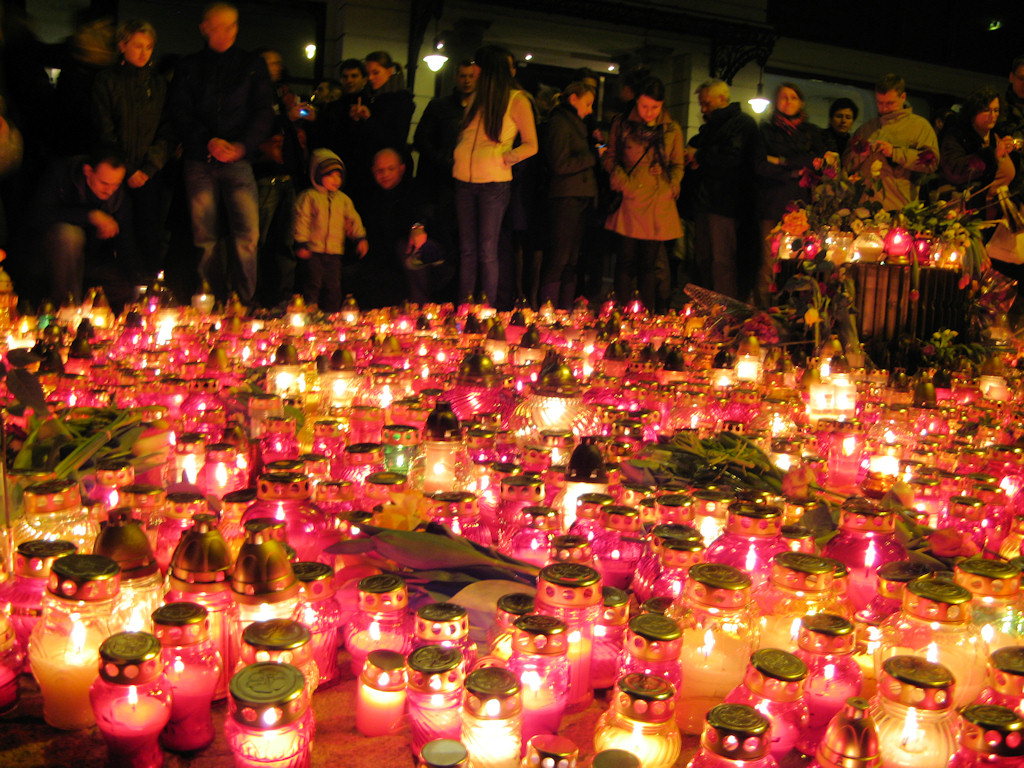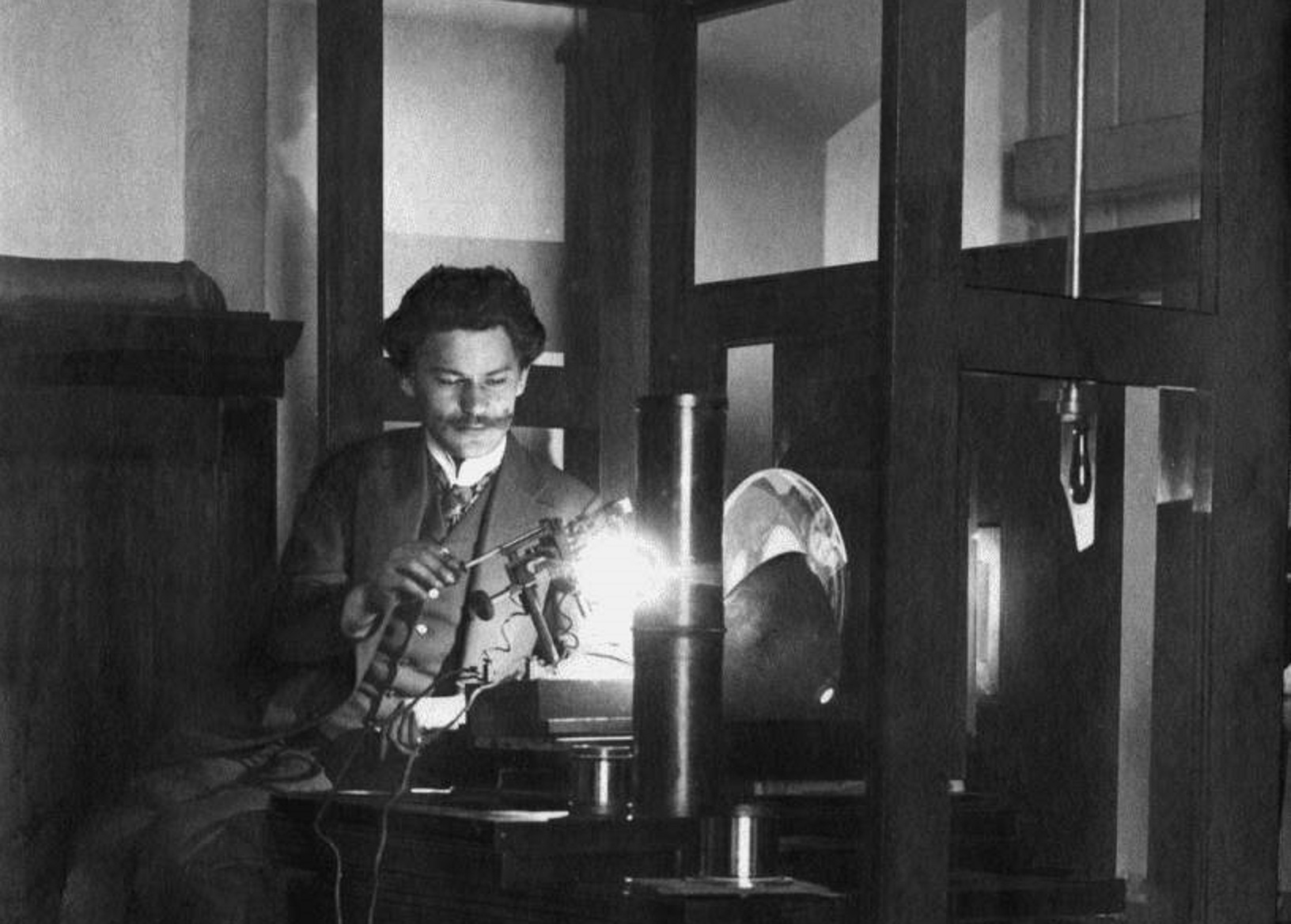On the morning of 10 April 2010, news spread around the world about the crash of the Polish government plane near the city of Smolensk in Russia.
by Piotr Bejrowski
Polish society still honors the memory of the victims of the unprecedented crime that the Soviets committed against Polish officers in the spring of 1940, when the leadership of the communist party ordered the NKVD to murder approximately 22,000 Polish citizens (including over 10,000 officers) and prisoners of war with a shot in the back of the head. Katyn became a symbol of this heinous crime – a village in Russia located 18 kilometers from Smolensk, as mass graves were discovered there in 1943. Executions occurred in other places, including Kharkov, Ostashkov and Miednoje, and these mass graves were also later uncovered. However, Katyn became a symbolic term for the entire crime.
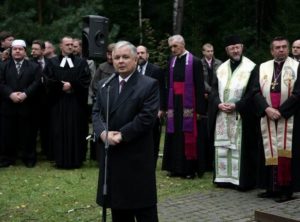
After 1945, Poland fell under the communist regime, and the truth about the Katyn massacre hidden. The authorities of the Soviet Union claimed responsibility for the crime only in 1990. However, for many years, the memory of the Katyn massacre endured, kept alive by many in Poland. Therefore, once communism fell, the democratically-elected Polish authorities attached great importance to the commemoration of the crime. Celebrations were organized both in Poland and at the location of the murdered victims’ graves. The remembrance of the fiftieth anniversary of the crimes in April 1990 was led by the last president of the Republic of Poland in Exile, Ryszard Kaczorowski.
The 70th anniversary celebration in 2010, was overshadowed by tense Polish-Russian relations and attempts by the authorities of the Russian Federation to reduce the scale of the crimes of the Soviet Union. The Polish side wanted to give the ceremonies an appropriate stature and draw public attention to the history of Katyn. Therefore, people distinguished in the fight to preserve the memory of Katyn as well as the highest authorities of the Republic of Poland were asked to participate in the ceremony at the cemetery.
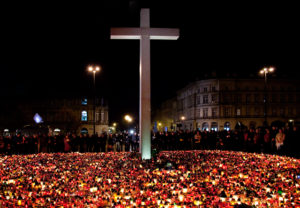
On Saturday, 10 April 2010, at 10:41 local time, and 8:41 Warsaw time, the plane carrying the Polish delegation crashed a few hundred meters from the runway while trying to land. The tragedy occurred at the Smolensk North Airport which was used only occasionally. It was outdated, and didn’t even have a flight control tower, but for nearly 30 years it was the only airport able to handle larger aircraft in the area.
On board were Polish President Lech Kaczyński and his wife, the last Polish President in Exile Ryszard Kaczorowski, many high state officials, representatives of religious communities, the families of those murdered in Katyn and representatives of the armed forces and crew members. There were also veterans of the Second World War and members of the anti-communist opposition. Altogether it amounted to a total of 96 people.
Soon, the news spread that a government aircraft had crashed upon landing. The media in Poland interrupted broadcasts and closely followed reports from Russia. Unfortunately, the worst-case scenario was confirmed – all the passengers were dead. It was the biggest disaster in the history of the Polish Air Force. At noon on 10 April in Krakow, the sound of the Royal Sigismund Bell, the most famous bell in Poland, which is rung only on special occasions, was heard.
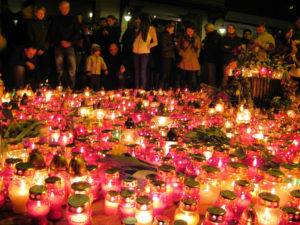
The same day, a period of national mourning lasting until 18 April was announced in Poland. Crowds of people with candles and flowers began to gather at the Presidential Palace. In many churches, services were held for the victims, and marches in their memory wound through the streets of several dozen cities.
When the death of Lech Kaczyński was confirmed, in accordance with the Polish constitution, the duties of the president were taken over by Chairman of the Parliament Bronisław Komorowski. The process of identifying the victims also began and their bodies were systematically returned to Poland. Thousands of people accompanied the funeral processions. The bodies of the president and his wife were buried in the Crypt under the Tower of Silver Bells in Wawel, i.e. in a place particularly important for Polish history. Next to the sarcophagus of the presidential couple, there is a tablet listing the names of the victims accompanied by the Latin phrase: “Corpora dormiunt, vigilant animae” (“bodies sleep, souls watch”).
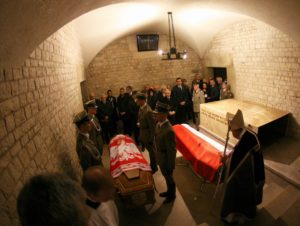
The following words were included in the presidential speech intended to be delivered in Katyn:
Author: Piotr Bejrowski
Translation: Alicja Rose & Jessica Sirotin

